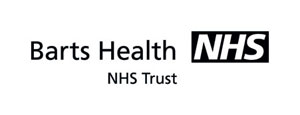Gas Embolism
What Is Cerebral Gas Embolism (CGE)?
Symptoms and signs of Gas Embolism, or the presence of bubbles of air (or any other gas) in the circulation, varies widely and its consequences range from mild discomfort (seen as microbubbles in decompression illness) to causing rapid death, particularly when caused by various invasive medical/surgical procedures, but occasionally also seen as diving accidents.
Upon entering the vascular system, gas bubbles follow the blood stream until they obstruct small vessels.
Depending on the access route, gas embolism may be classified as venous or arterial gas embolism. Diagnosis is based on the sudden occurrence of neurological and/or cardio-respiratory manifestations.
IF YOUR INTEREST IS IN CONNECTION WITH A CURRENT PATIENT, YOU SHOULD ACT NOW!!
The London Hyperbaric unit at Whipps Cross Hospital and the East of England Hyperbaric unit at James Paget Hospital have 24/7 Consultant Anaesthetist cover to treat such cases. Speak directly to one of our consultants now on our 24/7 hotlines:
BartsHealth Hyperbaric Unit,
London
07999 292 999
James Paget University Hospital,
Great Yarmouth
01493 603 151




